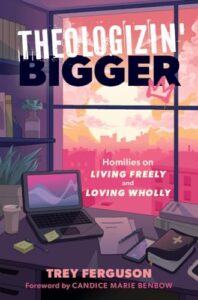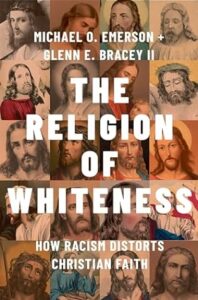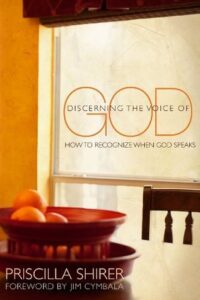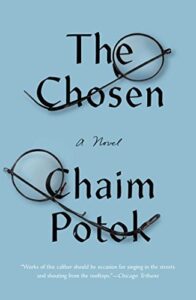 Summary: A relevant history of a theological reform movement that became political.
Summary: A relevant history of a theological reform movement that became political.
Every once in a while, I come across history revealing areas where I did not realize I had a big hole, but once identified, many connections get made. I have read a number of English history books, but once I read Hot Protestants, I realized that they all seemed to stop around Elizabeth or James and not pick up again until George III. I had never read a book on the English Revolution and did not realize where that was in the timeline.
Hot Protestants is a history of Puritanism, a revival movement within the Church of England. Part of what struck me was how explicitly Puritans understood England to have a similar covenant as ancient Israel had with God and how that theological commitment led to many of their social and political commitments.
“Fasting was a public responsibility as well as a private one. It was widely accepted that a Christian country like England was a successor to ancient Israel. Just as Israel had the true church before the Jews rejected Jesus, England had God’s true church, thanks to the Reformation. Like Israel, England was in a covenant with God, and like Israel, it would be blessed or punished to the extent that it followed or defied God’s law. Therefore, when it strayed, it needed to collectively implore God’s forgiveness, just as the ancient Jews had done. The Church of England ordered public fasts when faced with signs of God’s wrath—plague, famine, war, and the like.34 Church of England fasts, however, were called too infrequently to satisfy puritans, and unless undertaken in a puritan manner, they were too formal and short to generate and express the humiliation and repentance that a jealous God expected. Puritan ministers asserted the dubiously legal right to call public fasts on their own. Zealous Protestants would travel 10 or 20 miles for a puritan fast, which could easily last an entire day between the many long prayers and sermons from the ministers present.” (p35)
Part of what kept coming up in my mind as I read Hot Protestants is that current advocates of Christian Nationalism seem to have a very similar theology and practice. Puritans understood their role as not only revivalists but also social reformers. Those social reforms were not simply to improve society but to enforce social norms to fulfill the covenant with God. Magistrates had wide latitude to enforce religious laws that either had not existed or had not been legally enforced. The Church of England restricted ordination and the role of revival preaching, but those restrictions chafed against people (both men and women) who felt the call of God. England did not have legal freedom or religious consciousness as the United States does, and because of covenantal thinking, religious and civil legal violations became intertwined.








